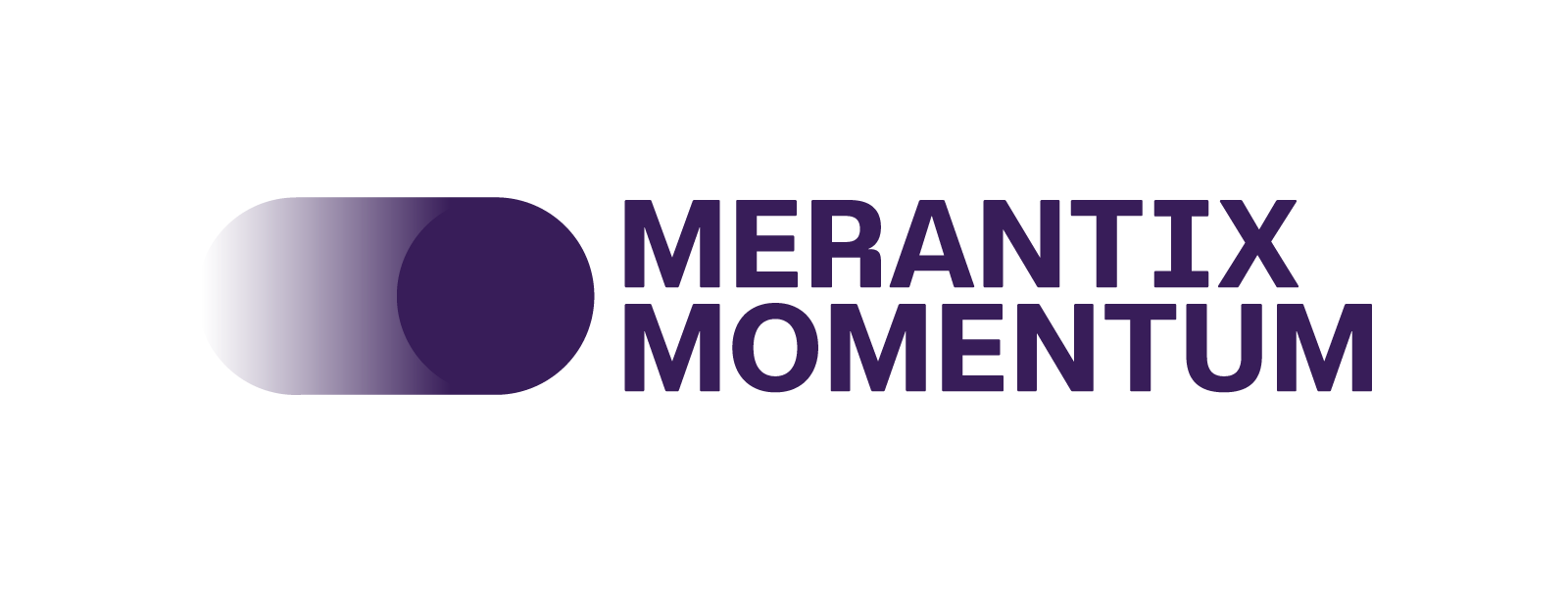Automated digital extraction of infrastructure objects surrounding railtracks

In this project, we detect and segment noise insulating walls near rail ways from aerial imagery to enable a fully automated noise mapping across Germany.
View the Project on GitHub merantix-momentum/dzsf-open-source
Introduction
This project is a collaboration between Merantix Momentum and The German Center for Rail Traffic Research at the Federal Railway Authority (DZSF) to enable a fully automated noise mapping process across the whole Germany. The goal of the project is to segment noise insulating wall from aerial imagery near railways. This repository contains the exported ONNX model file and documentation for our machine learning solution tailored for the detection of noise insulating walls from aerial imagery near railways. The project is funded by the DZSF and the project page can be found on their website.
Project Overview
Our project focuses on developing a machine learning solution to detect noise insulating walls from aerial imagery. We employ state-of-the-art techniques in deep learning to accurately identify these walls, which are crucial for various urban planning and environmental management applications.
Model Architecture
Our model architecture is based on a Vision Transformer backbone with register tokens with a segmentation head on top. We use the check point from vit_base_patch14_dinov2.lvd142m from the timm package for the DINOv2-trained ViT. The segmentation head is a sequence of 3x3 convolutional layers with ReLU activations. The frozen backbone encodes the input image which is then processed by the segmentation head and upsampled to generate pixel-wise predictions. The following diagram illustrates our model architecture:

Training Data
Our model was trained on a dataset consisting of Orthophotos containing noise insulating walls covering the whole Germany. The Orthophotos had a ground resolution of 20 cm per pixel. The annotations used for fine-tuning the segmentation head came in the form of linestrings which were then joined onto the raster layers and tiled togeter into 1000x1000 px annotated images.
Key Features
- Model Export: Our solution provides the exported ONNX model file, ready to be used for inference.
- Integration with QGIS: Our solution seamlessly integrates with QGIS, enabling users to apply the trained model to their image data within the QGIS environment within the Deepness plugin.
Getting Started
To get started with using our model in QGIS, follow these steps:
- Download the Model: Download the exported ONNX model file from the latest release.
- Install QGIS: If you haven’t already, install QGIS on your machine. You can download it from the official QGIS website.
- Install the Deepness plugin: Install the Deepness plugin through QGIS.
- Load the Model in QGIS: Open QGIS and load the
model.onnxfile into the Deepness plugin. - Configure Parameters: When loading the model in Deepness, select the
Load default parametersoption. - Load a Raster Layer: Add a raster layer from an aerial image near the railways.
- Run Inference: Click “Run” to start the inference process and obtain segmentation results overlayed on the raster layer.
The expected inference time for a 5000x5000 TiF file is 3-10 minutes depending on the hardware. For a more extensive user guide, please refer to user instructions.
Prediction Examples


© GeoBasis-DE / BKG (2023)
Contact Us
If you have any questions, suggestions, or feedback, feel free to reach out to us through our contact form.
License
Our project is licensed under the MIT License.